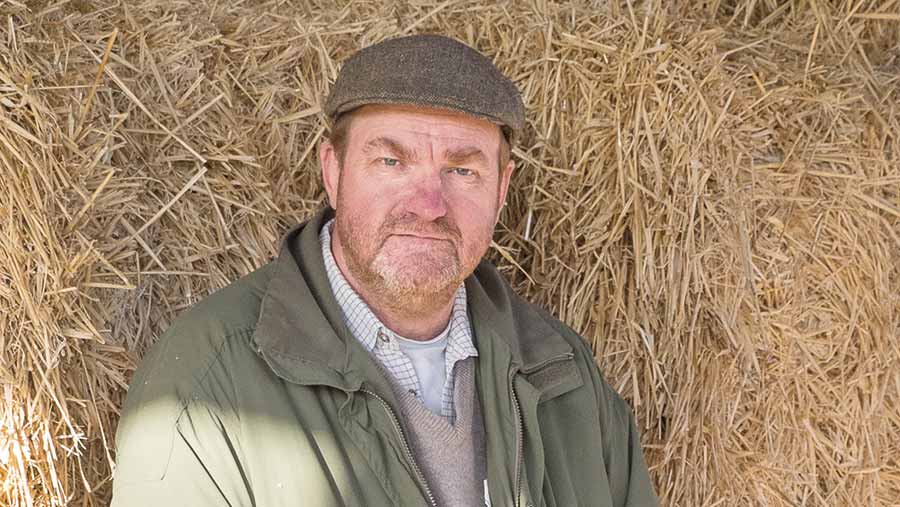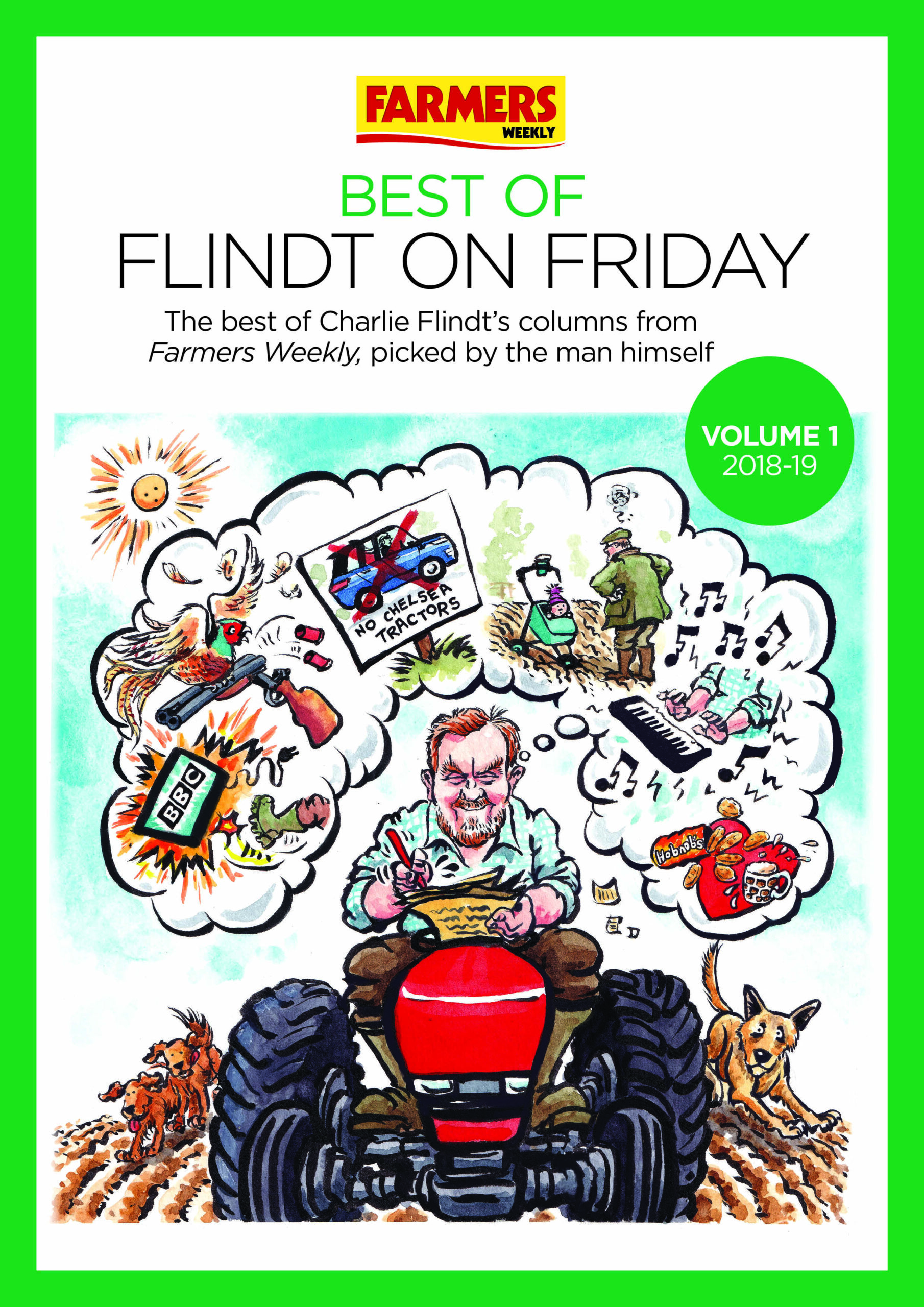Flindt on Friday: Colouring in my field maps and language
 © Kathy Horniblow
© Kathy Horniblow My sister Lizzie is the undisputed queen of the daft gift. Within days of her hearing I was going to be out of action for a few weeks, a large parcel arrived bearing her distinctive handwriting.
At first glance, the contents seemed disappointingly mundane: a huge box of coloured pens, and a colouring-in book.
On further inspection, however, the book turned out to be page after page of obscenities and profanities – some of which I’d never heard of.
The lovely covering letter wished me a speedy recovery and hoped a couple of beautifully coloured-in “f***s” and “t**s” would help relieve the frustration of those occasional but inevitable bad days on the long road back to fitness.
See also: Read more of Charlie Flindt’s columns
What Lizzie probably didn’t realise is her present is perfectly timed, because June is prime colouring-in time.
It’s time to start choosing next year’s cropping, and that means breaking out a freshly photocopied, squeaky-clean farm map and colouring in it.
‘A thousand Hampshire diamonds’
It’s a nice red pen for the easy one – wheat – which of course follows the spring beans and the oilseed rape.
Beans (brown pen) and OSR (yellow) will once again be the break crops of choice for next year (following the assorted barleys), unless the field is one of our light ones, in which case I dig out the purple pen for peas… and then pause.
Peas. Every time I grow them, they promise so much. Waist-high in June, strong enough you feel you could lie full stretch on them and they’d still support you.
You’re confident of a two-ton crop and some baled haulm the cattle go wild for.
And then the good Lord sends a wet iron through them just before harvest, and you spend a week of what should be wheat harvesting time trying to scrape them – without a thousand Hampshire diamonds – off the floor.
But then I remember the great pigeon decoying, and the fabulous wheat that comes the next year, and commit purple pen to paper.
Empty straw barns
And that leaves winter and spring barley to fill in the rest of the farm map in light blue and dark blue.
Most years it’s a juggle between overdoing the spring workload and getting enough winter barley in to set up OSR the next year in full knowledge that winter barley rarely pays its way.
That’s all changed this year, though. Winter barley is having a spectacular revival. Not long ago, we were selling it off the combine for £48/t, and chopping in the unwanted straw.
How circumstances have changed. Demand for good old bog-standard feed barley remains high, and we all know about the nation’s empty straw barns.
The dark blue winter barley pen can rampage its away across the map with a clear conscience.
Of course, the daft thing is even after all that majestic colouring in, even after the seed has been ordered and stockpiled at the back of the barn, and the dear old Horsch CO3 has gobbled up another couple of tubes of grease in eager anticipation, the whole cropping plan can change.
If the good Lord feels October, November and December would once again be the best time to top up the water table, there’s diddly squat we can do about it – except get the colouring pens out, and another blank farm map, and start again.
I could also dig out Lizzie’s Book of Obscenities, and carefully and therapeutically work my way through another couple of “d******ds”, “d*******gs” and a mysterious“g****ls”. God knows what they are, but they’ll make me feel better anyway.


